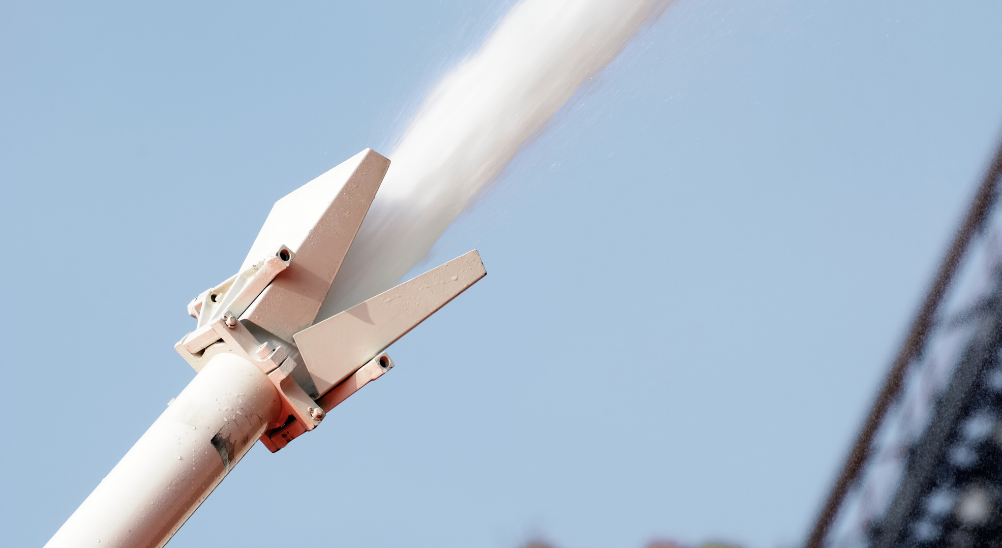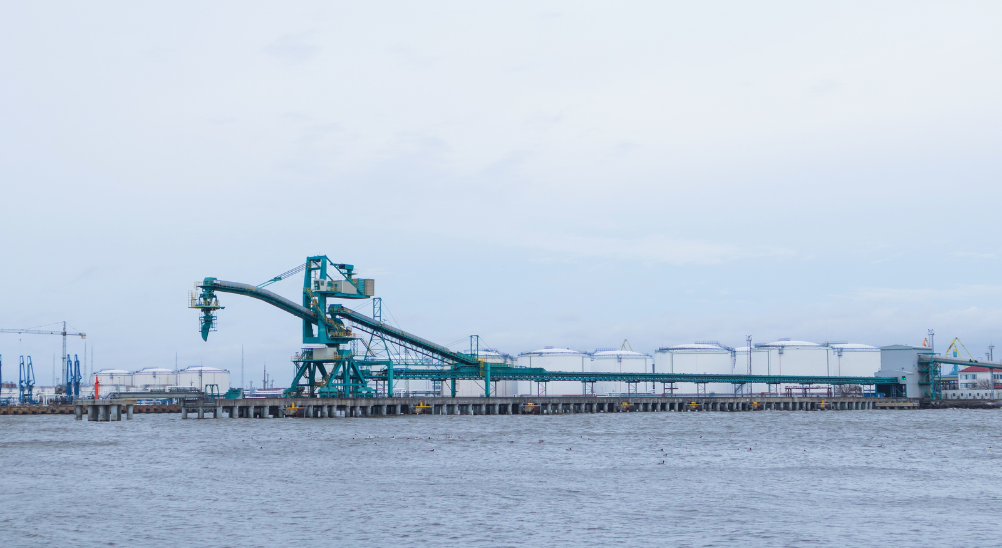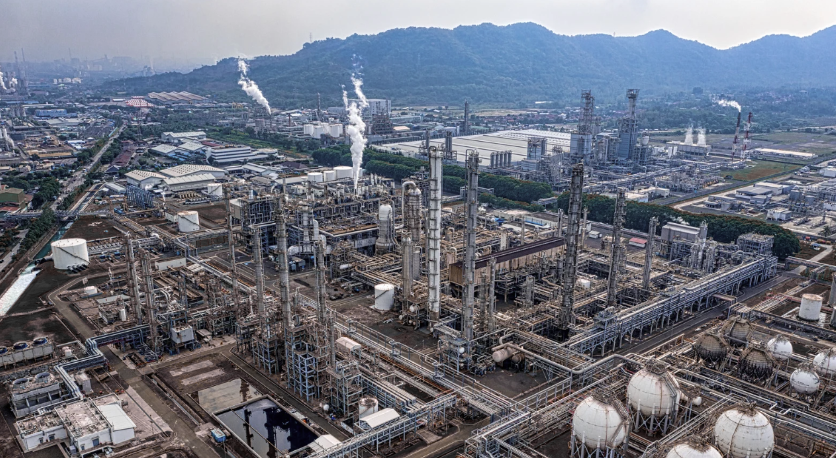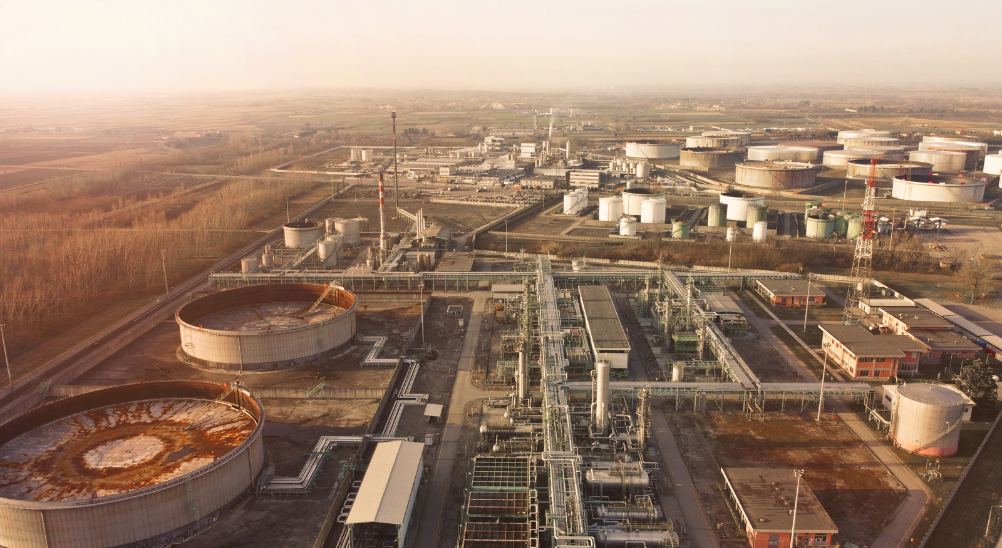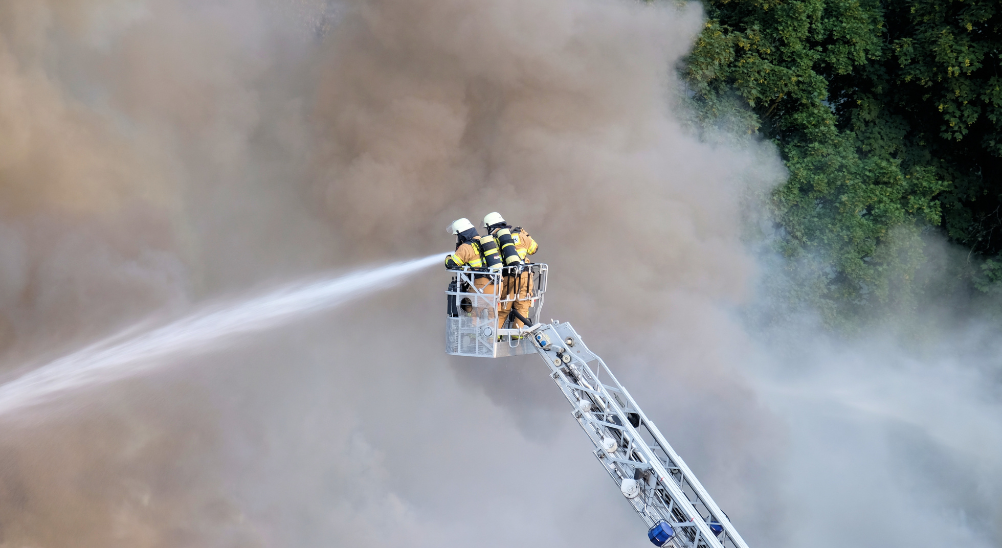Hangar Safety Update – NFPA Direction on Foam (2025)

Executive Summary
Foam use in aircraft hangars is under major review. The National Fire Protection Association (NFPA) and its research arm, the Fire Protection Research Foundation (FPRF), have signaled a clear shift: more flexibility, more reliance on risk-based thinking, and – for many facilities – a defensible path away from foam. The latest FPRF Foam Firefighting Roadmap (Phase II, July 2025) aligns closely with NFPA 409’s upcoming 2026 edition.
Why this matters
Accidental foam discharges have caused far more losses in hangars than actual fire events. The damage risk – not environmental concerns -was the key driver for NFPA’s change in direction.
What’s new
- NFPA 409 (2022 edition): Opened the door to performance-based design and introduced Ignitable Liquid Drainage Floor Assemblies (ILDFA) as an alternative to foam.
- Department of Defense practice: The U.S. Air Force now installs suppression only in mission-critical hangars; NAVFAC has moved trench grate nozzle systems to water-only.
- NFPA 409 (2026 edition, in progress): Will offer three compliance pathways – prescriptive, performance-based, or risk-based (with probabilistic analysis and AHJ/insurer approval).
Practical implications for owners
- Foam-free strategies are now credible, provided the risk case is well-documented and stakeholders aligned.
- ILDFA can anchor a strong performance-based submission.
- If foam is required by insurers, it should be treated as the exception, tightly limited to approved configurations.
Archer Key Insights
- Foam-free protection paths exist today.
- DoD precedent strengthens approval cases.
- ILDFA + performance objectives form the backbone of non-foam design.
- Where foam remains, treat it as exception only.
- Start early – choose your compliance pathway upfront.
📌 Archer is your partner in aligning strategy, AHJ expectations, and insurer requirements for future-ready hangar fire protection.
Deep Dive
For airport owners, MROs, and hangar operators
Hangar fire protection is changing fast. For years, unintended foam discharges in aircraft hangars – mostly from high-expansion foam systems – have caused costly damage to aircraft and equipment. The National Fire Protection Association (NFPA) has now signaled a clear shift: more flexibility, more risk-based thinking, and, for many facilities, a credible path away from foam when the risk case supports it.
This direction is captured in the Fire Protection Research Foundation (FPRF) Foam Firefighting Roadmap – Phase II, published in July 2025. Its findings align closely with the ongoing revision of NFPA 409: Standard on Aircraft Hangars, due for release in 2026.
What NFPA is signaling for hangars
- The problem that triggered change
Before the 2022 edition of NFPA 409, hangars saw numerous accidental foam discharges. These incidents, though PFAS-free, caused major damage to aircraft and contents. The damage risk – not environmental concerns – was the driver for NFPA’s re-think.
- The 2022 edition = more flexibility
The 2022 edition of NFPA 409 restructured the standard to allow:
- Performance-Based Design (PBD): an engineered approach that proves equivalent safety without strictly following prescriptive requirements.
- New tools like Ignitable Liquid Drainage Floor Assemblies (ILDFA): flooring designed to collect and drain spilled fuel, reducing spread.
A literature review by the University of Maryland and Poole Fire Protection underpins this more performance-based direction.
- Department of Defense (DoD) precedent
The United States Air Force now installs fire suppression only in mission-critical hangars.The Naval Facilities Engineering Systems Command (NAVFAC) has shifted its low-level trench grate nozzle systems to water-only discharge, and continues to study broader “water-only” solutions.
Across the DoD, the trajectory is clear: hangar fire protection strategies are moving away from foam.
- What’s next: the 2026 edition of NFPA 409
The next revision of NFPA 409 is expected in 2026 and will be structured around three compliance pathways:
- Prescriptive baseline: legacy requirements (including foam).
- Performance-based equivalency: engineered designs that match or exceed the baseline.
- Risk-based design: owners select protection features based on a probabilistic risk assessment, subject to approval by the Authority Having Jurisdiction (AHJ) and insurers.
- The risk context
NFPA’s research shows that accidental foam discharges have historically far outweighed actual hangar fire events. This fact is critical when considering alternatives to foam. But owners should note: commercial hangar risk-based designs usually require agreement from both the AHJ and insurers (including aircraft hull insurers).
- Where foam still remains
While the trend is to avoid foam, a few foam-based options remain in the market. One commercial fluorine-free foam (FFF) is seeking FM Global approval for NAVFAC-style grate nozzles, and some FFF concentrates are listed for use with foam-water sprinklers. But the overall industry trend continues to mirror the DoD: limit foam use, and only where justified.
Practical steps for hangar owners
- Pick your pathway early. Decide whether your project will follow prescriptive, performance-based, or risk-based design. Confirm expectations with both AHJs and insurers at the start.
- Use ILDFA intelligently. Where fuel spills are credible, ILDFA can strengthen a non-foam strategy by removing liquid fuel from aircraft bays.
- If foam is used, contain the risk. Limit to listed/approved configurations and match discharge devices exactly to listings.
- Plan for training and drills. Ensure emergency response procedures reflect your chosen strategy. If water-only systems are adopted, update first responders’ standard operating procedures.
Archer Key Insights — what this means for our client partners
- Foam-free paths exist today. Between the 2022 restructuring of NFPA 409 and the risk-based path being refined for 2026, owners have a defensible route to non-foam hangar protection – provided the risk case is made and stakeholders are aligned.
- Use DoD precedent to de-risk approvals. USAF’s “mission-critical only” suppression policy and NAVFAC’s water-only trench systems are strong references when proposing alternatives in commercial settings.
- ILDFA + performance objectives = the backbone of PBD. Where spilled fuel drives the hazard, ILDFA combined with detection, manual response, and exposure protection forms a credible basis for performance-based submissions.
- If foam remains, treat it as the exception. Where business or insurer constraints require foam, we ensure configurations are strictly within listing, supported by discharge-prevention measures.
- Start early with the right questions.
- Which pathway (prescriptive, PBD, risk-based) fits your hangar and aircraft mix?
- How will you present the accidental-discharge vs fire-event risk to insurers?
- Can a water-only solution be justified, and what upgrades support that case?
📌 Archer is your partner in navigating these choices. Whether prescriptive, performance-based, or risk-based, we help align technical solutions with AHJ and insurer expectations – delivering compliant, cost-effective, and future-ready hangar fire protection.

